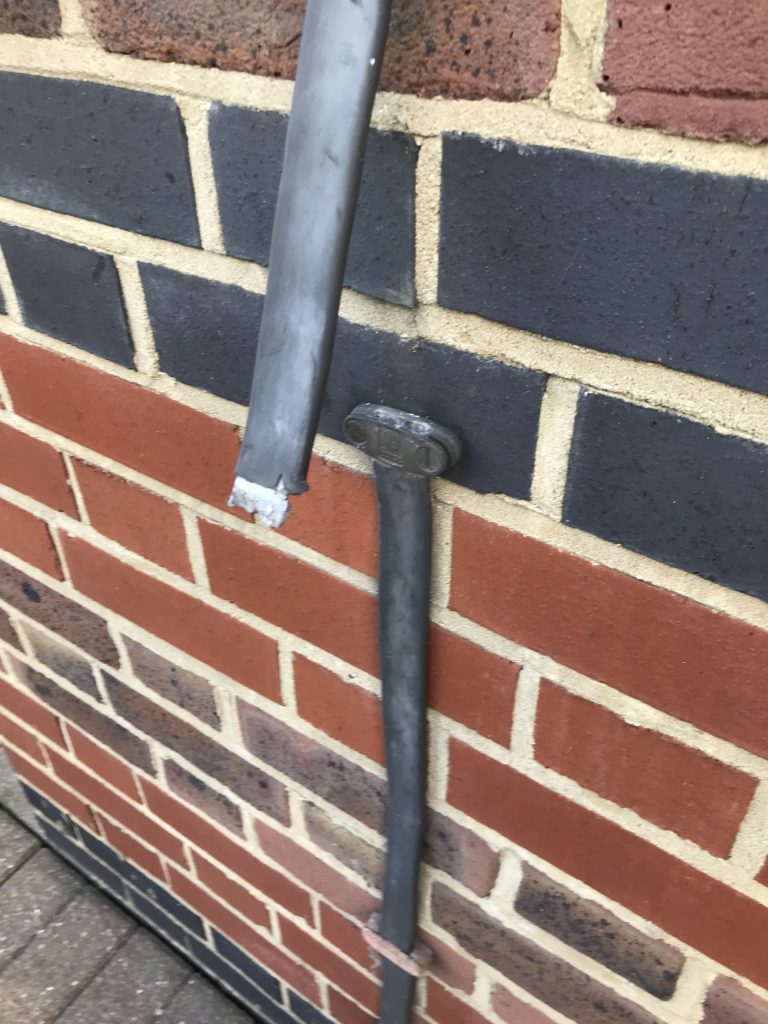Our Services
Lightning Protection Installations
Lightning protection installations are essential for safeguarding both residential and commercial properties from the potentially devastating effects of lightning strikes. Designed in accordance with BS EN 62305, the British Standard for protection against lightning, these systems reduce the risk of fire, structural damage, and harm to occupants. The standard outlines a comprehensive approach, including risk assessment, structural protection, and the safeguarding of electrical and electronic systems within a building.
Whether for a home or a large commercial facility, compliance with BS EN 62305 ensures that lightning protection systems are designed and installed to the highest safety standards. These systems typically include air termination networks, down conductors, and earth termination systems, all carefully planned to direct lightning safely to the ground. By adhering to this standard, property owners can ensure long-term safety, reduce liability, and meet regulatory and insurance requirements.
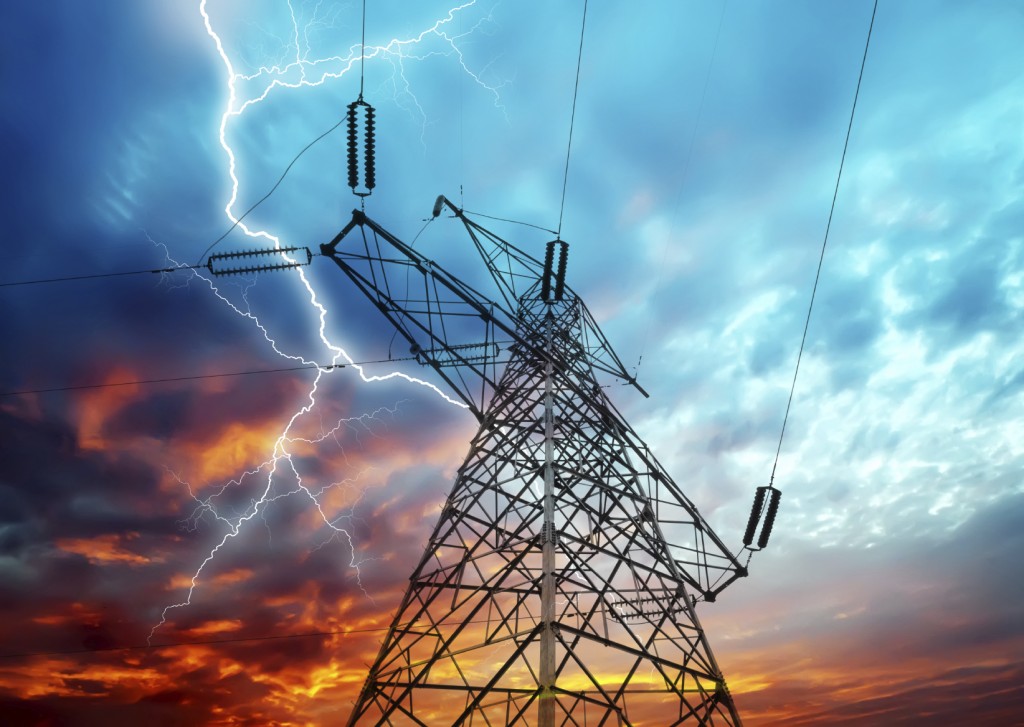
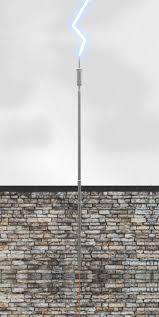
ESE (Early Streamer Emission) lightning protection systems offer an advanced solution for protecting residential and commercial properties from lightning strikes. Designed in accordance with the NFC 17-102 French Standard, these systems provide a wider protection radius compared to traditional lightning rods. By actively emitting an upward streamer earlier during a storm, ESE air terminals attract lightning in a controlled manner, safely directing it to the ground through a dedicated down-conductor and earthing system.
ESE lightning protection is especially beneficial for larger buildings, open areas, or structures with complex layouts. Compliance with NFC 17-102 ensures that systems are properly sized, tested, and installed to meet safety and performance requirements. This standard provides clear guidelines on positioning, coverage, and maintenance, making ESE systems a reliable and efficient choice for both new developments and retrofit applications.
ESE Lightning Protection Installations (Early Streamer)
Electrical Substation Earthing
Proper earthing is critical in electrical substations to ensure safety, protect equipment, and maintain system reliability. BS 7430, the British Standard for earthing, provides detailed guidance on the design, installation, and maintenance of earthing systems. In substations, an effective earthing installation helps to safely dissipate fault currents, control step and touch voltages, and reduce the risk of electric shock to personnel during fault conditions.
By following BS 7430, earthing systems are designed to meet strict safety criteria, taking into account soil resistivity, fault levels, and the physical layout of the substation. The standard ensures that all conductive parts are properly bonded and earthed, providing a low-resistance path to ground. Compliance not only improves operational safety but also ensures adherence to legal and industry regulations for electrical infrastructure.
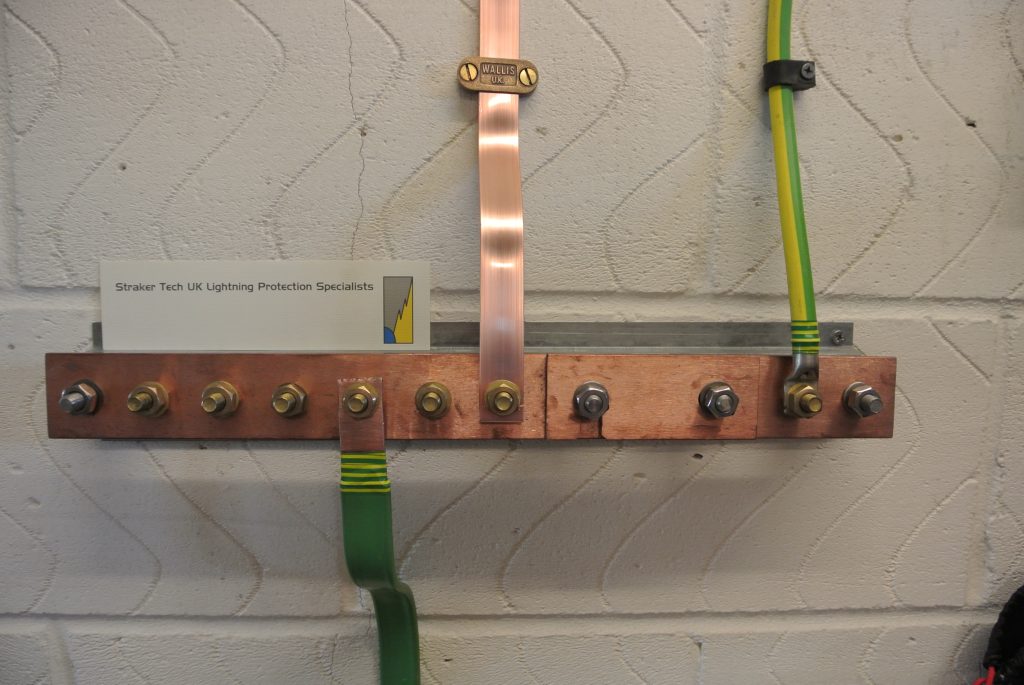
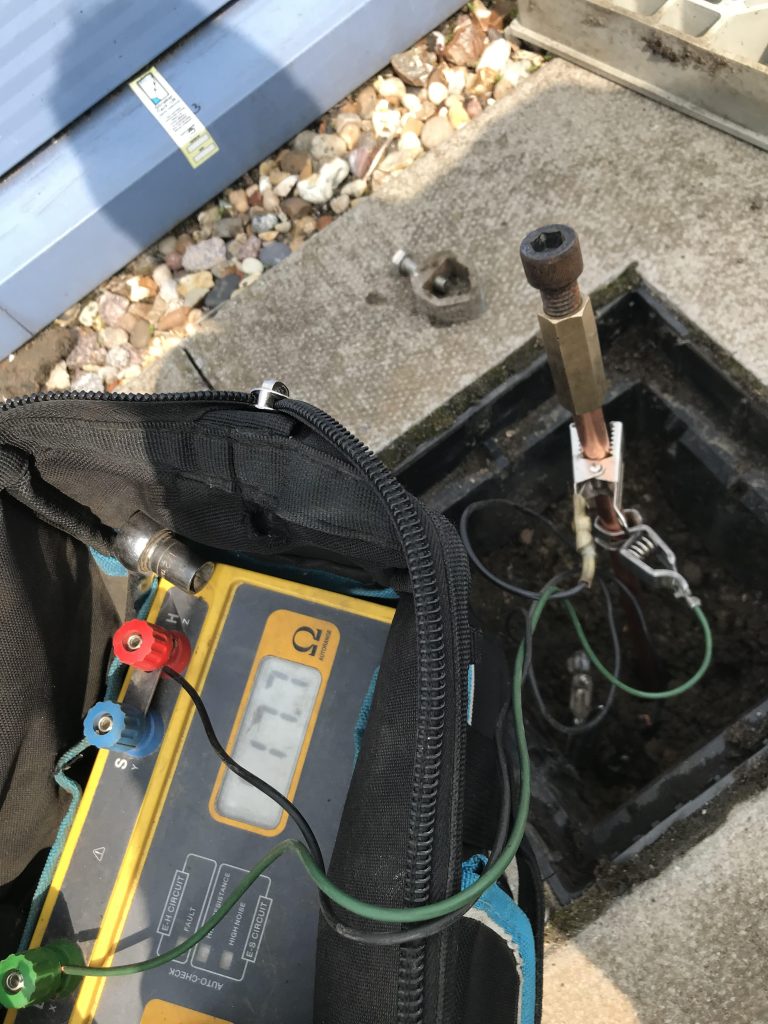
Regular testing of lightning protection systems is essential to ensure continued safety and compliance with the BS EN 62305 British Standard. This standard outlines the requirements for the design, installation, inspection, and maintenance of lightning protection systems for buildings and structures. Periodic testing verifies that all components—including air terminals, down conductors, bonding, and earth electrodes—are functioning correctly and have not degraded over time due to weather, corrosion, or structural changes.
Under BS EN 62305, testing should be carried out by qualified professionals at recommended intervals, typically every 11 months, or after any significant modifications to the structure. Changes include but not limited to Changes in the ground structure due to Climate Conditions. Testing includes visual inspections, continuity checks, and earth resistance measurements to ensure the system maintains a low-impedance path to ground. Adhering to these guidelines not only ensures effective lightning protection but also helps property owners meet insurance and regulatory requirements.
We are able to test a wide variety of structures including:
- Hospitals
- Schools
- Colleges
- Offices
- Warehouses /Commercial Properties
- National Trust Properties
- AD PLANTS
Test & Inspection of Existing Systems
Maintenance & Repair
Ongoing maintenance and timely repair of lightning protection systems are vital to ensure long-term safety and effectiveness. According to the BS EN 62305 British Standard, lightning protection systems must be regularly inspected and maintained to confirm that all components remain in good working condition. Weather, structural changes, and general wear and tear can all impact the performance of a system, making routine checks essential to prevent failures during a lightning event.
The standard recommends periodic visual inspections, electrical continuity testing, and earth resistance measurements to identify any faults or deterioration. If damage or non-compliance is found, repairs should be carried out promptly using compatible components and in line with BS EN 62305 guidelines. Proper maintenance not only ensures ongoing protection but also supports compliance with legal, safety, and insurance obligations.
